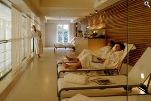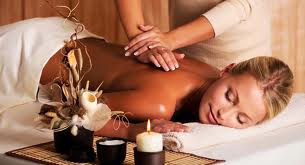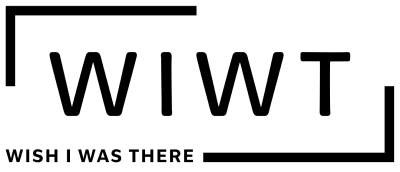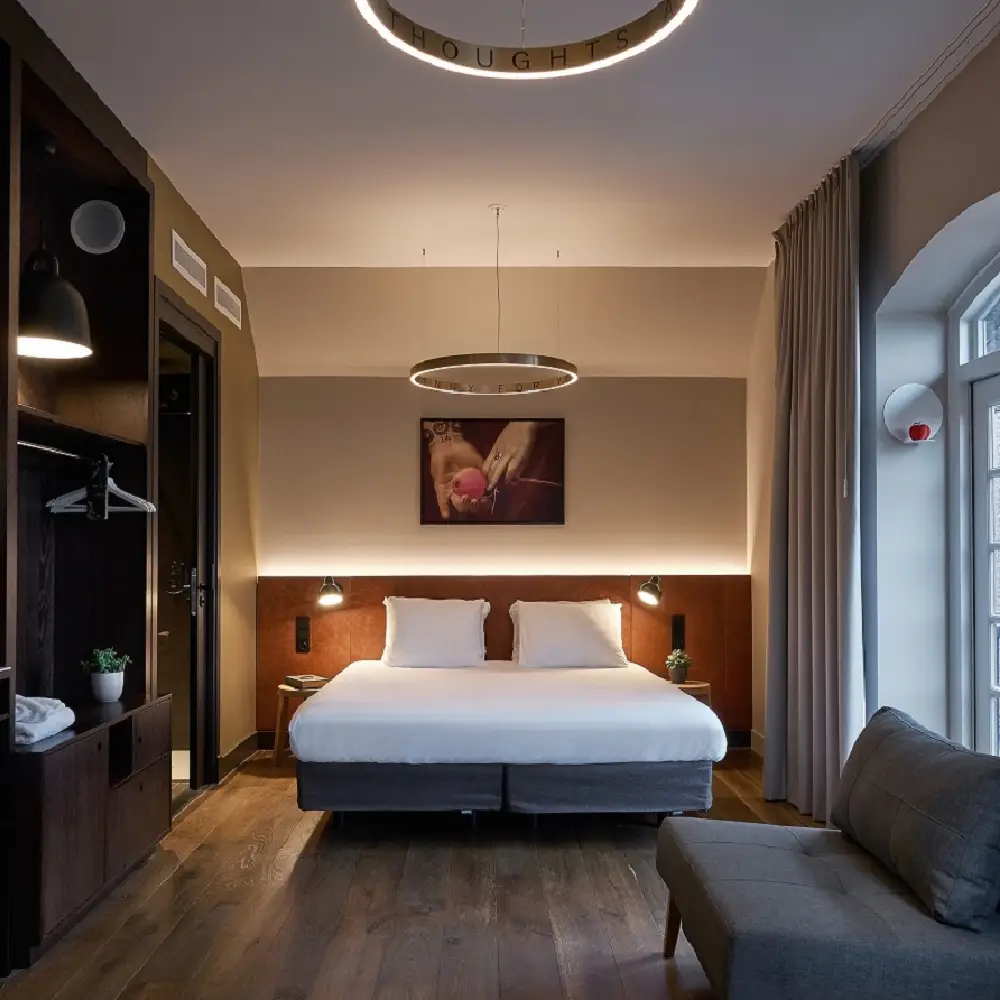
Although it is possible to implement a dynamic pricing strategy based on the level of demand, customers may not always understand why the price for a specific treatment fluctuates. They may perceive a higher price, during peak demand periods, as an unfair price difference.
It has been one of the biggest concerns and objections that communicated to us by spa managers while training them on revenue management techniques or during revenue management implementations in spas.

But hold on, this is a “Discount Strategy”. Just imagine the marketing and communication strategy, “Mud Wrap, 40% off”, ‘’Full Body Massage, 50% Discount’’. Is this the way we want to position your hotel business? Do you want to give the consumer this kind of image of your beautiful Spa, that of a discount house?
While discounting is an easy way to attract extra demand, it is unfortunately only a short time solution. A discount strategy brings along dangers, and can have a negative impact on the consumer’s value perception consumers of your treatments and services. It will actually probably erode your business more than anything, as customers will want access to the discounted prices all the time. We recommend you to stay away from discounting; you will only down trade your own revenue potential.
To implement differential pricing for a spa we will need to get more creative. So in which other way can we maximize revenue during peak periods and deviate demand to off-peak periods, by incentivizing consumers with lower priced treatments, in order to optimize the overall revenue stream of our spa?
The solution to implement different price levels for similar treatments lies in applying conditions associated to the price to justify supplements. You should develop both physical and non-physical hurdles as revenue managers call it. Physical hurdles or barriers include the location of the treatment room, type of treatment and related services. Non-physical rate hurdles include time of day or day of week, length of treatment, membership of the spa, late bookings, advance reservation…

To achieve the best possible financial results in a spa, we have to implement a yield technique called Menu Engineering. With this approach we identify which treatments give us the highest profit margins. So as a first step we will need to segment the product / services offer according to volume of sales, duration time and profitability.
Once you have dissected out treatment menu in this way, you can now start planning what type of service to offer during peak hours. Those would be the ones with the highest profit margins of course.
Menu engineering goes back to the core of the definition of revenue management; ‘offer the right product at the right time, at the right price’. Profitability can be optimized by offering the treatment(s) with the highest margin during high demand times. This way a spa can increase its overall profit margin quite easily without significant changes.
An example: A spa has a strong demand on weekends, especially from 11h00 till 15h00. During these ours esthetical services like manicures which for this spa offer a low profit contribution value per hour will not be offered during this time frame, but will be available in the mornings or late afternoon. During the peak hours the will only offer in this case highly profitable treatments like reflexology and full body scrubs.
The above yield technique is known as the dynamic availability is a very effective approach to increase profit for a spa by replacing lower-margin sales by high-margin sales during peak hours.

- Stars – demand strong and high margins
- Plow Horses – demand strong and low margins
- Puzzles – low demand and high margins
- Dogs – low demand and low margins
Besides implementing dynamic availability of these different product types, it will be very important to also manage effectively the utilization of spa resources and facilities that can support various services. For instance, a treatment room should only be available for treatment of higher margin in peak times. If a spa has three stations and four treatment rooms that can accommodate either manicures or massages, manicures should be made at the stations at any time and leave the treatment room available for a massage with more profitability. There you will have a positive impact on revenues and margins. In the same way you can manage the working time of the team.
As an alternative method to increase revenue and profit for spas, we have also achieved good results through applying Dynamic Pricing. Here are some samples of our actions:
- Express Massage at a reduce price for only 45 minutes available only in the morning to attract customers during periods of low demand.
- Early Bird Massage to encourage advance sales. This massage was distributed through all sales channels to attract more customers and is nonrefundable, of course…
- In-Room Massage, off-site (If you have a pool, it’s even better)… to increase the total capacity of your spa
Due to the nature of spa operations and facilities, a strategy of dynamic availability is generally the most effective technique to apply. Such strategy has less impact on clients seeking experiences and more impact on the profitability of the spa.
As a hotel revenue management consulting company, we wish you good luck with the implementation of revenue management to your Spa. And give us feedback on how it goes …




